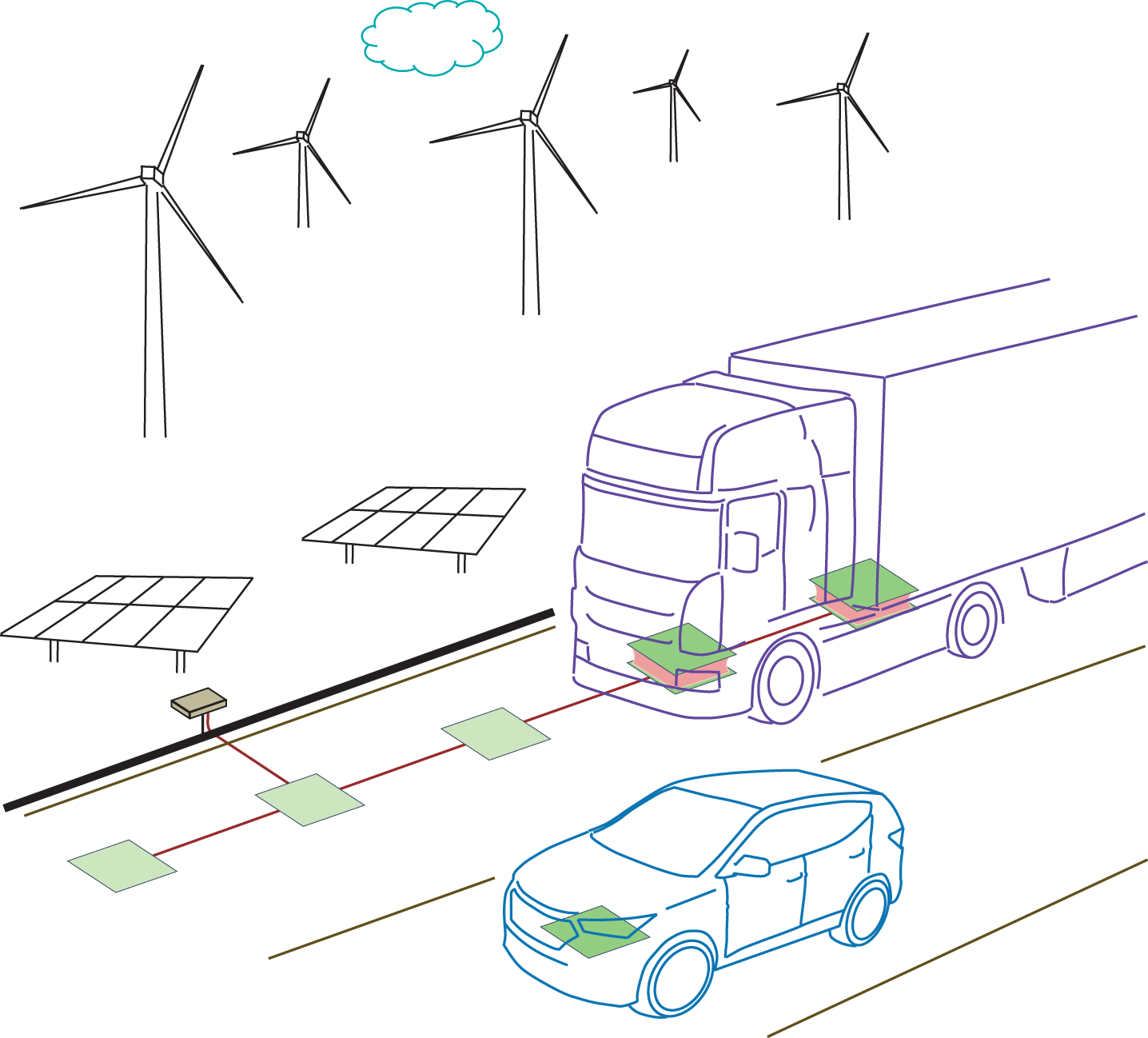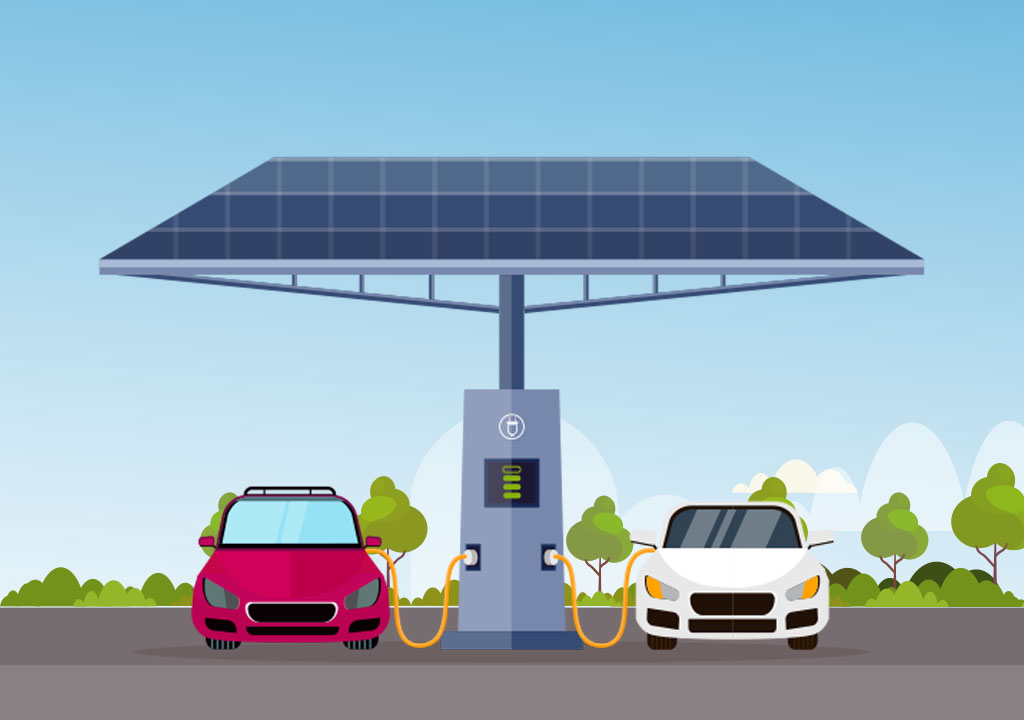Introduction
Electric vehicles (EVs) have come a long way in recent years. With advancements in technology, decreasing costs, and a growing awareness of the need for sustainable transportation, EVs are no longer a niche market but a significant player in the automotive industry. As EV adoption continues to rise, so does the demand for a reliable and widespread charging infrastructure. In this blog post, we will discuss the current state of EV charging infrastructure and explore the exciting developments that will shape its future.
The Current State of EV Charging Infrastructure
Today, EV charging infrastructure varies widely from region to region. In some areas, it’s well-developed, with numerous charging stations available, while in others, access to charging points remains limited. This inconsistency can be a barrier to EV adoption, as potential buyers often worry about the availability of charging facilities.
There are three main types of EV charging:
Level 1 Charging: This is the slowest charging option and typically uses a standard 120-volt household outlet. It’s suitable for overnight charging but not practical for a quick recharge during a long journey.
Level 2 Charging: This is the most common type of EV charging for residential and commercial use. Level 2 chargers use a 240-volt power source and can charge an EV much faster than Level 1, making them ideal for daily use.
DC Fast Charging: These chargers are the quickest and are typically found along highways and major routes. They can charge an EV to 80% capacity in as little as 30 minutes, making long-distance travel more feasible.
The availability of these charging options varies, with DC fast charging being the scarcest but most crucial for long-distance travel.
The Challenges of the Current Infrastructure
While the current EV charging infrastructure has come a long way, it still faces several challenges:
Range Anxiety: Range anxiety, the fear of running out of battery power before reaching a charging station, remains a significant concern for potential EV owners. The limited availability of fast chargers exacerbates this issue.
Charging Speed: Even with Level 2 chargers, it can take several hours to fully charge an EV. This can be inconvenient for those with busy lifestyles or long commutes.
Charging Station Accessibility: In some areas, charging stations are concentrated in urban centers, leaving rural areas with limited access. This lack of accessibility can deter potential buyers in these regions.
Infrastructure Development Costs: Expanding and maintaining a comprehensive charging network is expensive. Governments and private companies must invest heavily to ensure the availability and reliability of charging stations.
The Future of EV Charging Infrastructure
The future of EV charging infrastructure is exciting and holds the promise of overcoming many of the current challenges. Here are some key developments to look forward to:
Faster Charging Technologies: EV manufacturers and charging station providers are continually working on faster charging technologies. The emergence of ultra-fast chargers capable of delivering 350 kW or more will drastically reduce charging times and make EVs more convenient for daily use and long trips.
Increased Charging Station Density: Governments and private companies are investing in expanding the charging network’s reach. This includes deploying more charging stations in rural areas, along highways, and at popular destinations, reducing range anxiety and making EVs a viable option for all.
Smart Charging Infrastructure: The future of EV charging is smart. This means that charging stations will be connected to the internet and capable of real-time communication. Drivers will be able to locate available charging stations, reserve charging slots, and even pay for their charging sessions through smartphone apps.
Renewable Energy Integration: To make EVs truly sustainable, the charging infrastructure must rely on renewable energy sources. Solar panels and wind turbines integrated into charging stations will help reduce the carbon footprint of EVs.
Battery Swapping: Some companies are exploring battery swapping as an alternative to traditional charging. This allows drivers to exchange their depleted battery for a fully charged one in a matter of minutes, eliminating the need to wait for charging.
Wireless Charging: Imagine never having to plug in your EV. Wireless charging technology is under development, where vehicles can charge by simply parking over a designated charging pad. This technology could revolutionize the convenience of EV ownership.
Conclusion
The future of electric vehicle charging infrastructure is bright. As technology advances and investments pour into expanding the network, the challenges of range anxiety, charging speed, and accessibility will gradually become relics of the past. With faster charging, increased station density, smart infrastructure, renewable energy integration, battery swapping, and wireless charging on the horizon, the transition to electric mobility is poised to accelerate.
As consumers and policymakers embrace these developments, we can look forward to a future where electric vehicles are not just a sustainable choice but also a convenient and practical one. The EV charging infrastructure of the future will be an integral part of a cleaner, greener, and more sustainable transportation ecosystem.





